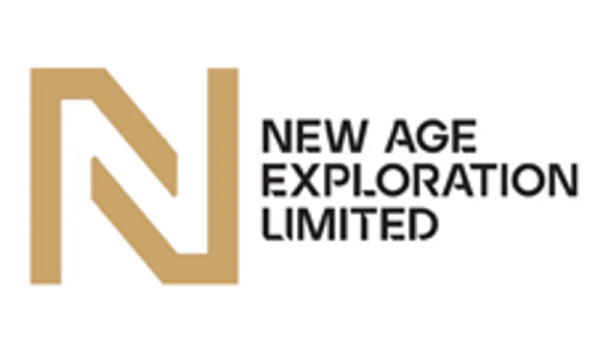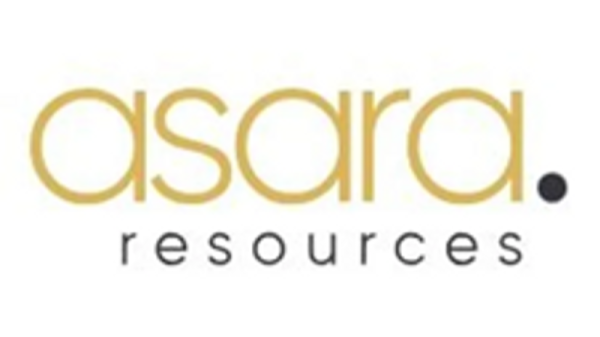On Saturday, an annular solar eclipse will create a scintillating “ring of fire” in the skies across the Americas.
Astronomers are encouraging everyone within the 125-mile-wide (201-kilometer-wide) eclipse path stretching over North, Central and South America to enjoy this rare sight for the last time until 2046 — but only if they can do so safely. And sunglasses won’t be enough to protect your eyes for this celestial event.
The “ring of fire” nickname comes from the appearance of annular solar eclipses. They are like total solar eclipses, except the moon is at the farthest point in its orbit from Earth, so it can’t completely block the sun. Instead, the sun’s fiery light surrounds the moon’s shadow, creating the so-called ring of fire.
Weather permitting, a crescent-shaped partial solar eclipse, where only part of the sun is covered by the moon, will also be visible in all 49 continental US states, including Alaska, according to NASA.
Regardless of whether your location affords a view of the annular or partial solar eclipse, some of the sun’s powerful light will always be visible. And any glimpse of the sun’s brightness with the naked eye is not only uncomfortable, it’s dangerous.
Why you shouldn’t look directly at the eclipse
The only time it’s safe to view the sun without eye protection is during the “totality” of a total solar eclipse, or the brief moments when the moon completely blocks the light of the sun, according to NASA. A total solar eclipse will cut a path across North America on April 8, 2024.
“There are different types of eclipses, which means there are different types of safety that need to be paid attention to,” said Dr. Carrie Black, National Science Foundation program officer for the National Solar Observatory. “During an annular eclipse, because the surface of the sun is not completely covered, you must wear glasses or view indirectly at all times.”
Directly staring at the sun can result in blindness or disrupted vision. During the 2017 total solar eclipse, a young woman was diagnosed with solar retinopathy, retinal damage from exposure to solar radiation, in both eyes, after viewing the eclipse with what doctors believed were eclipse glasses not held to the safety standard.
There is no treatment for solar retinopathy. It can improve or worsen, but it is a permanent condition.
Using eclipse glasses and solar viewers
To view the annular eclipse, wear certified eclipse glasses or use a handheld solar viewer. Separately, you can observe the sun with a telescope, binoculars or camera that has a special solar filter on the front, which acts the same way eclipse glasses would.
“You need certified ISO 12312-2 compliant solar eclipse glasses. There are plenty of safe sellers online,” said Alex Lockwood, strategic content and integration lead for the Science Mission Directorate at NASA headquarters. “We cannot stress enough how important it is to obtain a pair of safe certified solar eclipse glasses in order to witness this annular event.”
Sunglasses won’t work in place of eclipse glasses or solar viewers, which are 100,000 times darker and held to an international safety standard.
The lenses of solar eclipse glasses are made of black polymer, or resin infused with carbon particles, that blocks nearly all visible, infrared and ultraviolet light, according to The Planetary Society. Sunglasses don’t block infrared radiation.
For safe manufacturers and resellers of eclipse glasses and filters for optical devices, including cameras and smartphones, check out the list curated by the American Astronomical Society.
Put on your eclipse glasses before looking up and remember to turn away from the sun before you remove them again. Always keep an eye on any children wearing eclipse glasses to make sure they don’t remove them while looking at the sun.
If you normally wear eyeglasses, keep them on and put eclipse glasses over them or hold a handheld viewer in front of them, according to the American Astronomical Society.
Don’t look at the sun through any unfiltered optical device — camera lens, telescope, binoculars — while wearing eclipse glasses or using a handheld solar viewer, according to NASA. Solar rays can still burn through the filter on the glasses or viewer, given how concentrated they can be through an optical device, and can cause severe eye damage.
It’s also possible to use welding filters to safely view the eclipse because the international safety standard was partially derived from using such filters to view the sun.
Welding filters made of tempered glass or metal-coated polycarbonate and with a shade number of 12 or higher allow for safe viewing, but many find shade 13 or 14 to be the best and similar to wearing eclipse glasses, according to the American Astronomical Society. Just know that the sun will appear green instead yellowish-orange or white. These filters aren’t usually on the shelf at supply stores, but they might be available online.
Auto-darkening or adjustable welding helmets aren’t recommended because they may not darken quickly enough to view the sun.
Prepare for the next eclipse
As long as the eclipse glasses or solar viewers you’re using comply with the ISO 12312-2 safety standard and aren’t torn, scratched or damaged in any way, they don’t “expire” and can be used indefinitely. Also, there is no limit on how long you can view the sun while wearing them.
Some glasses and viewers carry outdated warnings about using the glasses for more than three minutes at a time or recommend throwing them away after more than three years, but these do not apply to ISO 12312-2-certified viewers, according to the American Astronomical Society.
Save your eclipse glasses and viewers for the total solar eclipse in April by storing them at room temperature in an envelope or their original packaging to avoid scratches.
Never use water, glass cleaner, baby wipes or other wet wipes to clean eclipse glasses — the moisture could cause the carboard frames to detach from the lenses. Instead, carefully wipe the lenses clean with a tissue or cloth.
Indirect viewing of the eclipse
If you don’t have certified glasses on hand, eclipses can also be viewed indirectly using a pinhole projector, such as a hole punched through an index card. These work when you stand with your back to the sun and hold up the card. The pinhole projects an image of the crescent or ring-shaped sun on the ground or other surfaces.
But never face the sun and look directly at it through the pinhole.
Other pinhole projectors you may already have on hand include colanders, straw hats or anything with small holes in it. Or you can simply hold up your hands, space out your fingers and cross them over each other to create a waffle pattern. The small space between will reflect the sun’s crescent during a partial eclipse or a ring during the annular eclipse.
Standing by a leafy tree? The small spaces between leaves will dapple patterns of the eclipse phase on the ground.





























